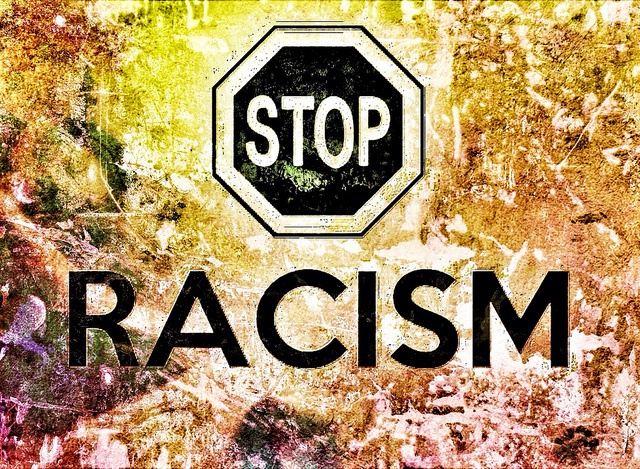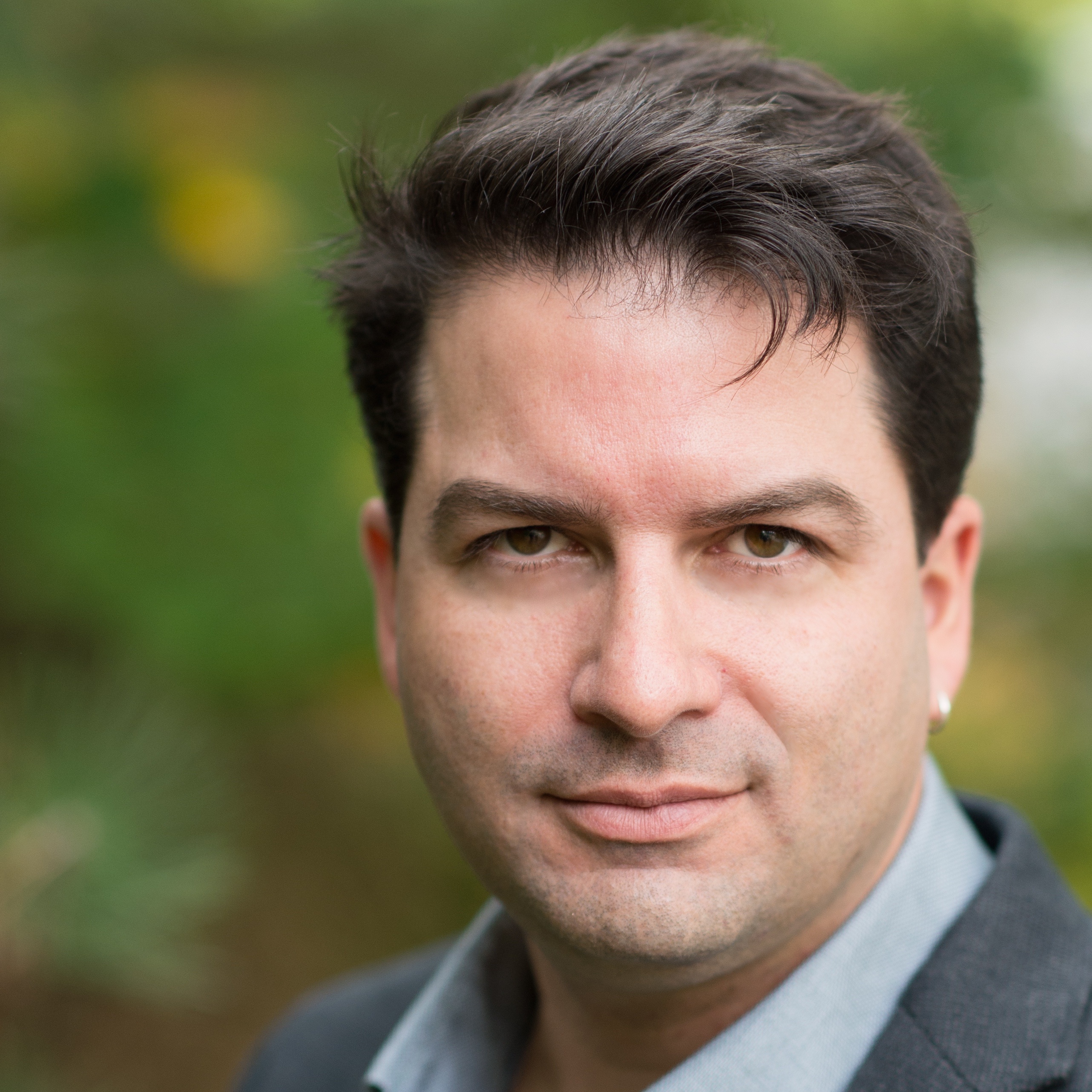
This blog is the transcript of a talk delivered by Jeff Olivet in San Francisco on October 17, 2016 at the kickoff of the Center for Social Innovation’s national racism and homelessness initiative, SPARC (Supporting Partnerships for Anti-Racist Communities).
When I began as a street outreach worker two decades ago, I was told that homelessness was a problem of affordable housing. It certainly is that. I was also told it was a problem with access to mental health care, addiction treatment, and healthcare for all. In some ways, it certainly is that also. The impression we got was that homelessness was somehow a type of person, a personal failing, or a choice...all of the stereotypes that each of you hears in your everyday work.
It soon became very clear to me that there is something more going on.When I looked around the streets of Albuquerque and the shelters of drop-in centers of Boston, what I saw was something you all see everyday: the disproportional representation of people of color in homeless shelters, motels, and on the streets across the United States.
You start questioning that, and you start saying, “What is going on here?” The answer you often receive is “poverty.” You hear that people of color are more likely to be poor and are therefore more likely to become homeless. But you have heard the numbers: the proportion of African Americans experiencing homelessness in the United States is about three times that of the general population. For Native Americans, it is 2 to 1, and for Latinos, we know that we are dramatically under counting the number of Latinos experiencing homelessness in this country every day.
Then you start saying, “What is going on? There is a problem and we are not talking about it.” In my 20 plus years working in the homelessness arena, few people have been talking about this, and even fewer still have connected the dots between homelessness and racism. It seems there are two conversations going on: there is national conversation about race that has to do with police shootings and racial tension in communities, residential and educational segregation. That is a critical conversation. And then over here, we have conversations about how to end homelessness. We talk about providing more supportive housing, and outreach and engagement. All critical conversations, but it’s time we bring those two conversations together, and that is what tonight is about. It is about beginning to see the intersection between racism and homelessness.
What I would like to suggest to you is that it is no accident that people of color are more likely to become homeless. This is not something that can be solved by culturally competent programs—a valid concept, but no solution to institutional and structural racism. This is not something to be sugar-coated and talked about in euphemistic terms like “disproportionality” (even though I just said that a few minutes ago), or “health disparities,” also kind of a sanitized term. It is time to strip away the sugar-coating and call it what it is. Homelessness is driven by structural and institutional racism in this country, and it always has been. This is not a relic of the past. It is happening right now. And what we see over and over again in communities all over the country is discrimination in housing, healthcare, education, and criminal justice driving large numbers of people of color into homelessness. No, it’s no accident. We like to talk about how broken our systems are. You know how we say that the systems are broken and we need to fix the systems? I would argue that the systems are performing exactly how they were designed to perform. It is no accident that people of color are more likely to become homeless in this country than white folks are. It didn’t happen by accident and it wont solve itself accidentally. Read more about Jeff's thoughts on the structural causes of homelessness.
So let’s talk for a minute about what that means for us. So what? You are going to hear some great speakers tonight wrestle with white privilege, with bias, with the underlying structural stuff. The question is: So what? What are you going to do about it? What are we going to do about it?
One way that we like to talk about this in our work is in concentric circles. If you think about one circle being yourself, your personal attitudes and biases, your heart and soul and who you are in the world. The second circle is nearby friends, family, organization—the circles you run in every day, your work life, your home, your church, your friendships, your people. The last big concentric circle is the community in which we live. If we are going to solve this travesty of racism and homelessness, this deep connection, we are going to have to be working on all of those levels all the time at the same time. You can’t simply get your own house in order and wait to act publicly. You have got to be doing both, as messy as that is.
For me as a white man, that means owning, naming, and unpacking my own white privilege—all the things that have helped me in my life to be where I am now in ways that I don’t even have to think about. My colleague Marc Dones and I were in a discussion a couple weeks ago at a conference in Tulsa, where there was some space for people to wrestle with the recent police shootings. A member of my small group said, “I wake up every day wondering if I am going to be next.” And as white guy, I don’t. And that is part of white privilege. It’s not the only part, but it’s some of it, and I need to own it, understand it, and deal with my own implicit biases. You know the implicit bias tests that Harvard has going? They are fantastic. I take those things from time to time and feel like I am getting more enlightened...then I realize, not so much.
As much as we try to fight our own biases, they are with us. We need to own that, name it, and continue striving for self-improvement and understanding. As a white person, I have to learn to shut up and listen and ask my brothers and sisters of color what they are experiences have been—learn not to be the first person to talk at every meeting and the last person to talk at every meeting. Now when we go to the next circle: How do we change our agencies, our families group, and our friendship groups? Do something! There are a hundred things we can do. We can integrate discussions of racial equity into our organizations, into our staff meetings, into our community conversations and all of the groups we are part of, and equip ourselves for courageous conversations about race. As long as we keep these conversations hidden, nothing will ever be solved. We have got to open up a dialogue even if it’s hard, even if its painful, and we’ve got to figure this out together.
Now we move to the question of the larger circle, of how we change the world. How do we change the city of San Francisco, how do we change the Bay area, how do we change the state, the country? And how do we dismantle racism in all of those levels? These become the hard questions. If you look around this room with some 800 people in it, you will see that you are an army. My team and I are in rooms like this all over the country beginning these conversations. We are in ten cities now doing very focused work. San Francisco is going to be one of those over the next year. We are talking about thousands, tens of thousands, hundreds of thousands of people fighting this fight together. Black people, white people, brown people, Asian people, Native American people coming together to be a spearhead for change in the conversation about race and homelessness. Bringing those two conversations together and saying, “Not only is there a problem...not only is racism at the root of who becomes homeless...we can come together and do something about it.”
Learn about the SPARC (Supporting Partnerships for Anti-Racist Communities) initiative and efforts to address racism and homelessness in 10 cities.
Image by Taymaz Valley (CC by 2.0).
Previously published on Huffington Post.







